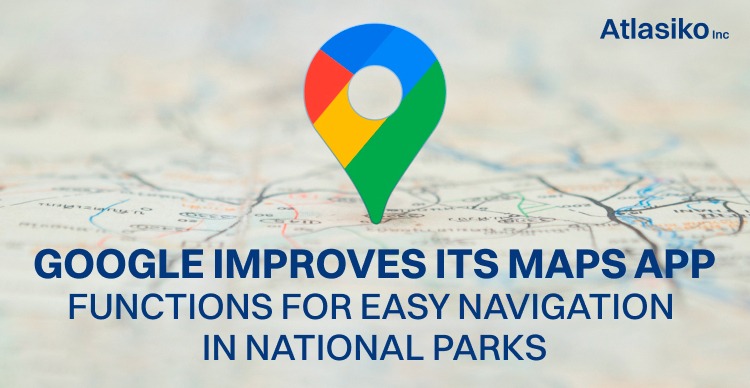Google has announced new features for its Maps app that will make it easier for users to navigate national parks. The updates are aimed at helping visitors find their way around parks and discover things to do. One of the key changes is the highlighting of entire trails on the map, rather than just a pin. This will help people to see where the trail starts and ends, and what the route looks like. The Maps community will also provide helpful information such as the trail's level of difficulty and whether it's better for running, walking or biking.
Another new function is the ability to rapidly determine the most famous places in a park, such as attractions, campgrounds, visitor centers and trailheads. Users will be able to search for a park and see photo highlights for main attractions from the Maps community. They can tap on the photos to get more details including videos and reviews.
Google Maps will also give users more exact directions. Park entrances will be highlighted on the map, and when walking or cycling directions are requested to a particular trail, Maps will direct users right to the trailhead.
The company is also deploying a new way to download an offline map for a park. Individuals can tap the “download” button on the park’s Google Maps listing to download it for utilizing in offline mode. This will allow them to easily find their way around without the internet or cellular data.
The new features will be available for all U.S. national parks in April and will open to parks around the world in the coming months. The launch of the new functions sees Google Maps encroaching on AllTrails' territory, a fitness and travel mobile platform that offers users thousands of crowdsourced reviews and visuals. However, AllTrails covers more than just national parks, thus Google is still relatively new to the game.
The corporation also shared data from Google Maps showing that Great Smoky Mountains National Park is the top-ranking national park in the country. It is followed by Bryce Canyon National Park, Glacier Bay National Park and Preserve, Kenai Fjords National Park, Rocky Mountain National Park, Acadia National Park, Badlands National Park, Mount Rainier National Park, Carlsbad Caverns National Park and Grand Teton National Park.
In conclusion, Google’s improvements in its Maps app are really convenient for users. They can save time and spend it with pleasure, rather than wasting it for way searching and determining directions with simple fewer functionality maps.
We suggest you overview our recent news where Google revealed details about optical interconnect implementation to boost performance and energy efficiency.
Also, we wrote about WebGPU tech that will be added in Chrome 113 to improve graphics and machine learning performance.
You can be more informed about the latest IT news by reading our report namely Microsoft Azure and its new capabilities for Telcos.







